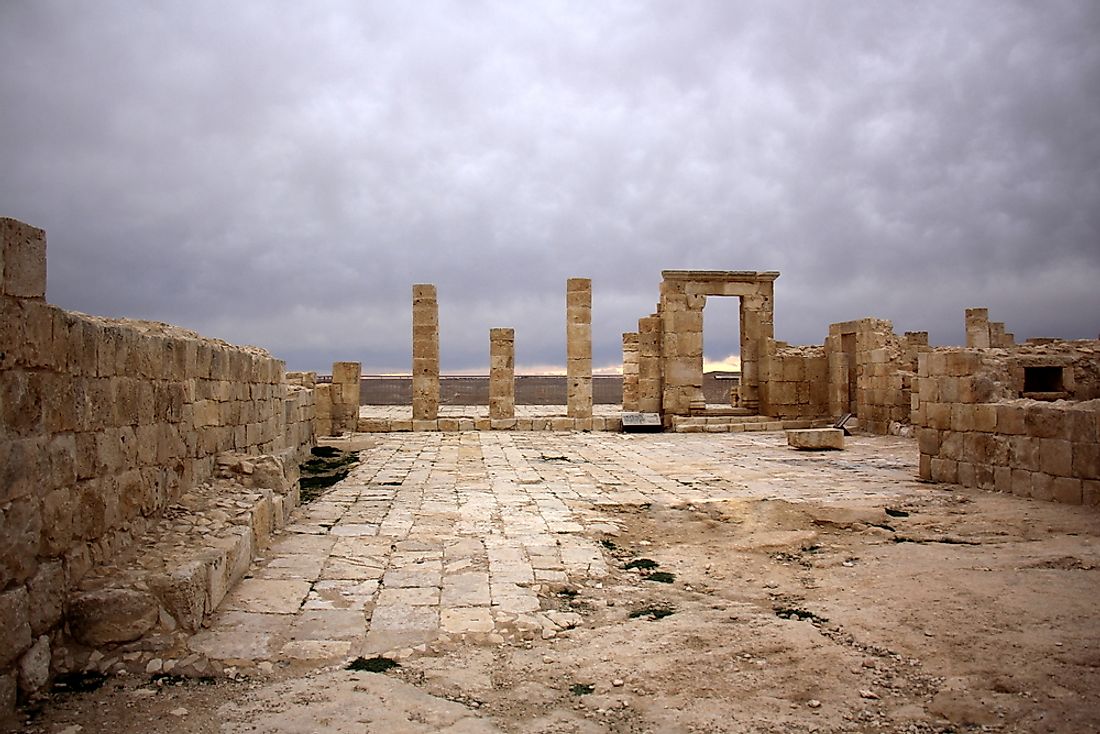What Was Traded In The Incense Trade Route?

The Incense trade route is made up of a network of ancient sea and land trading routes which linked the Mediterranean world with the Southern and Eastern sources of spices and incense among other good. The route stretched from the Mediterranean ports across Egypt and Levant through the Northeastern parts of Africa and Arabia to India. The incense land trade between Saudi Arabia and the Mediterranean thrived from the seventh century BC to the second century CE.
About the Incense Trade Route
The route served as a channel for trading various goods including Myrrh and Arabian frankincense. Other commodities like Gold, Somali incense, animal skins, feathers and rare woods were traded from Africa while fine textile, silk, ebony, pearls, precious stones and Indian spices were obtained from Southeast Asia.
The luxury goods and the aromatics from India created a lot of wealth for the Arabian Kingdom. They were shipped from Khor Rori to the Southern Arabian coast. The caravans then carried the aromatics north through Shabwa to the kingdoms of Palestine, Ma’in, Saba, and Qataban and finally to Gaza. Frankincense from Dhofar was delivered to Moscha from where they were shipped to Qana and then transported to Shabwa over land and further north to Gaza, Petra, Medina, Mecca, and Najran. They were also shipped to Palmyra and Babylon through the Gulf of Persia.
Land Routes
One of the most crucial trading places on this route from the Mediterranean Sea to the Gulf of Persia was Gerrha. Gerrha was established as a Chaldean colony by the Babylonian exiles. Gerrha influenced the routes across the Mediterranean from Arabia to while controlling the aromatics trade to Babylon during the first century BC. It was a crucial entry point for commodities from India.
Because of its prominent position in the incense trade, numerous people from the Fertile Crescent migrated to Yemen. The myrrh and frankincense trees were crucial to the economy of Yemen, and they were a source of wealth for the rulers of Yemen. Recent explorations in Yemen uncovered another ancient trade route which passed through the Mahra area in eastern Yemen.
Nabateans established the city of Petra, which was situated halfway between the Dead Sea and the Gulf of Akaba. Petra was built at a place where the route from Gaza to Petra crossed the route from Arabia to Damascus. Petra gave the Nabateans a hold of the trade along the incense route.
Present-Day Status
The world heritage committee recognized the Frankincense Trail in Oman on November 27, 2000. The committee confirmed that the Wadi Dawkah frankincense trees, Khor Rori port and the remains of the caravan oasis of Wubar’s caravan oasis represents the trade which thrived in the region for centuries.
UNESCO also recognized the Incense Route-Negev desert cities as a world heritage site on July 15, 2005. The committee under Themba Wakashe identified the Nabateans cities of Shivta, Avdat, Mamshit, and Haluza plus the agricultural landscape and fortresses in the Negev Desert as world heritage sites. These towns stretched along the route which links them to the Mediterranean spice and incense route. The site represents the history of the trade which prospered from the third century BC to the second century AD.











